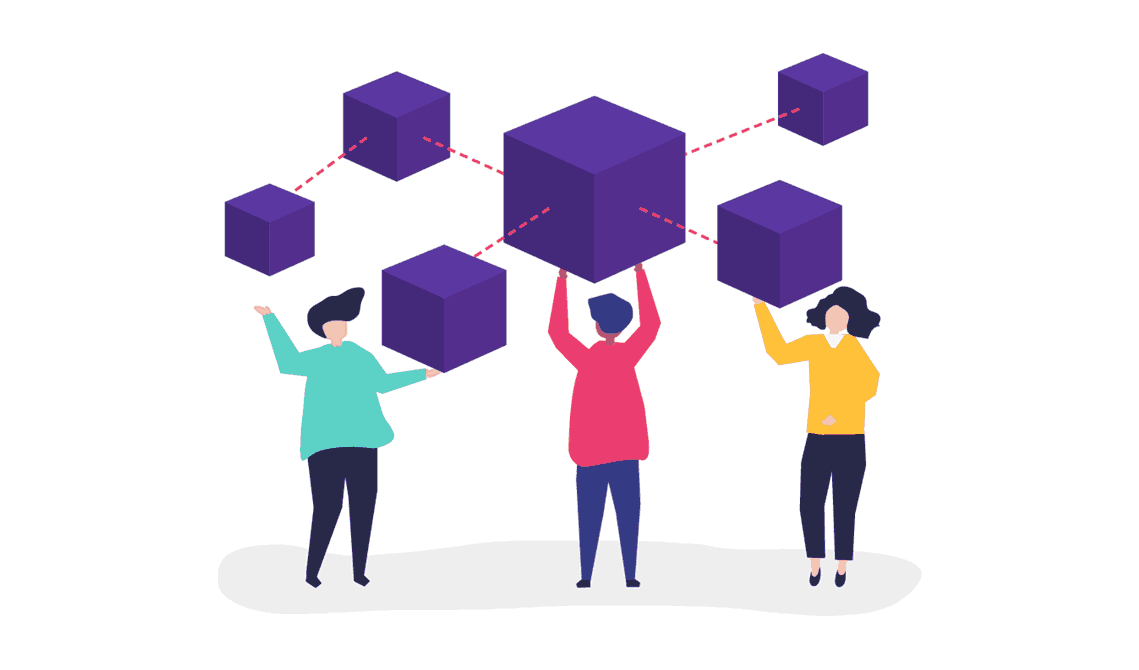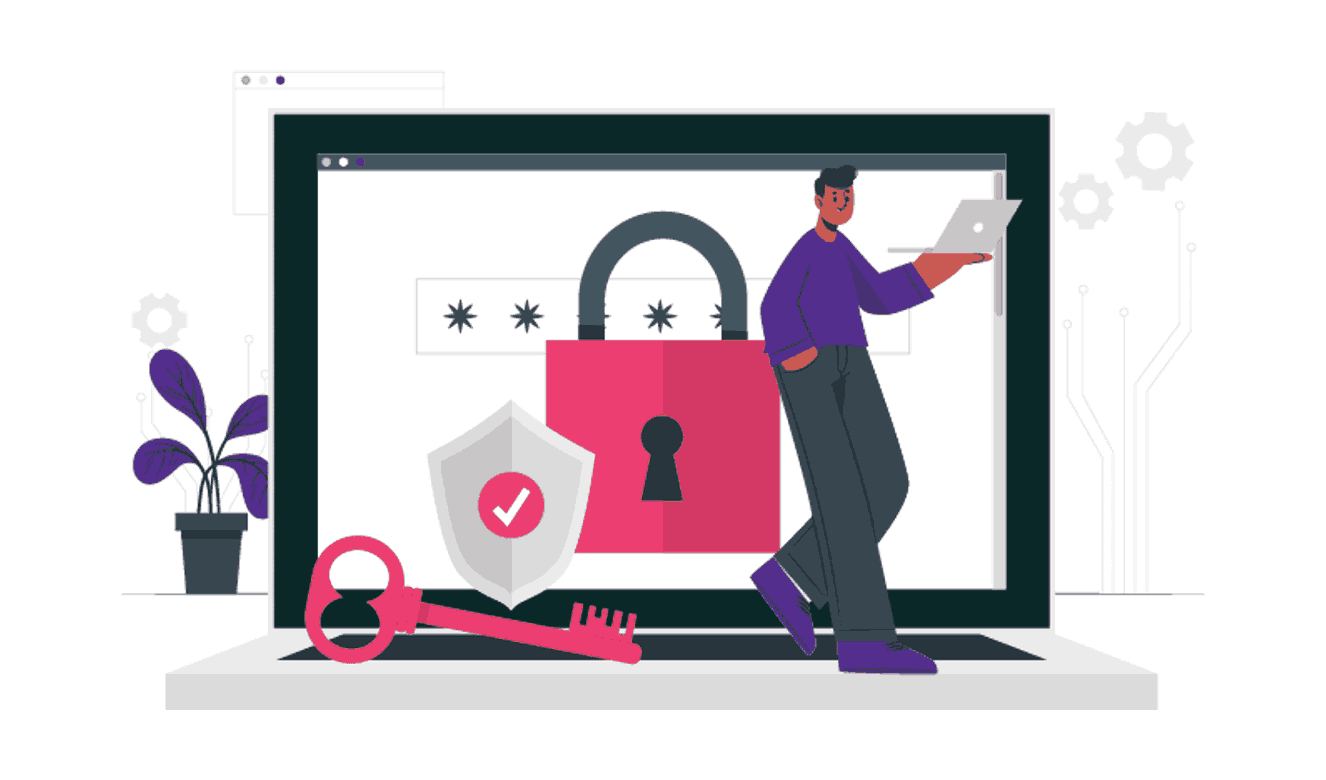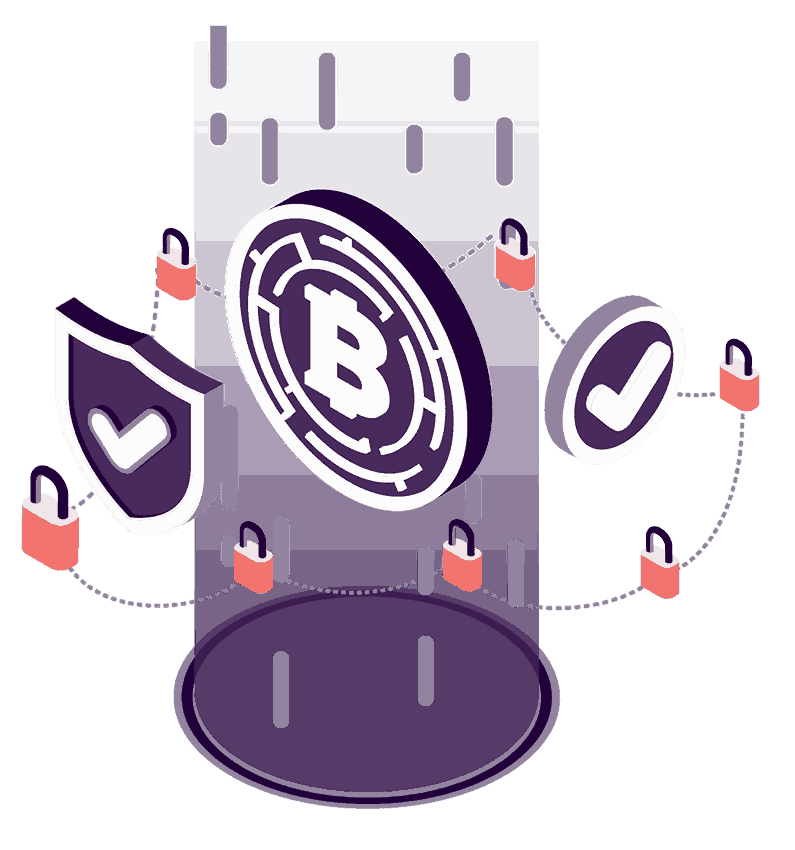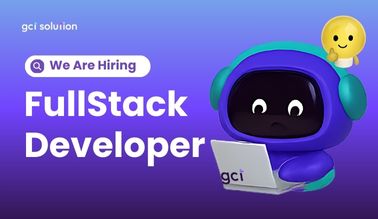Blockchain in Banking and Finance: Key Use Cases and Applications
Blockchain technology is revolutionizing various industries, and the banking and finance sectors are no exceptions. By leveraging blockchain, you can streamline operations, enhance security, and improve efficiency. This comprehensive guide will walk you through the key use cases and applications of blockchain in banking and finance.
Blockchain Basics
How Blockchain Works
Blockchain is a decentralized digital ledger that records transactions across multiple computers in a way that ensures the data cannot be altered retroactively. Each transaction is added to a block, and these blocks are linked together in a chain. This structure provides a transparent and tamper-proof way of recording transactions.
Key Features
- Decentralization: Unlike traditional centralized databases, blockchain operates on a network of computers, making it more resilient to failures and attacks.
- Transparency: Every participant in the blockchain network has access to the same data, which enhances transparency and trust.
- Immutability: Once a transaction is recorded on the blockchain, it cannot be altered or deleted, ensuring the integrity of the data.
- Automation: Smart contracts are self-executing contracts with the terms directly written into code. They automatically execute transactions when predefined conditions are met, reducing the need for intermediaries.

You may also like this article:
Top 12 Blockchain Development Agencies to Watch Out for
Impact on Banking Sector
Advantages for Banking
Blockchain offers several advantages for the banking sector:
- Cost Reduction: By eliminating intermediaries and automating processes, blockchain can significantly reduce operational costs.
- Faster Transactions: Traditional banking transactions can take several days to process. Blockchain enables near-instantaneous transactions, even across borders.
- Enhanced Security: The decentralized and immutable nature of blockchain makes it highly resistant to fraud and cyberattacks.
- Increased Transparency: All participants in the blockchain network have access to the same data, reducing the chances of discrepancies and disputes.
Use Cases in Banking
Payment Processing
Blockchain can streamline payment processing by eliminating intermediaries and enabling real-time settlements. This is particularly beneficial for cross-border transactions, which are traditionally slow and expensive.
- Ripple: Ripple’s blockchain-based payment network allows for fast and cost-effective international payments, making it a popular choice among banks.
Loan Management
Blockchain can automate the loan management process through smart contracts, reducing paperwork and the risk of human error.
- SALT: SALT Lending uses blockchain to offer crypto-backed loans, where smart contracts automate the lending process, ensuring timely repayments and reducing default risks.
Fraud Prevention
The transparency and immutability of blockchain make it an effective tool for fraud prevention. By providing a tamper-proof record of transactions, blockchain can help identify and prevent fraudulent activities.
- HSBC: HSBC uses blockchain to digitize trade finance transactions, reducing the risk of fraud and improving efficiency.
Impact on Financial Services
Efficiency Gains
Blockchain technology can bring significant efficiency gains to various financial services:
- Settlement Systems: Traditional settlement systems are slow and often involve multiple intermediaries. Blockchain can streamline this process, reducing settlement times from days to minutes.
- Asset Management: Blockchain can provide a transparent and tamper-proof record of asset transactions, making it easier to track ownership and reduce administrative costs.
- Insurance: Blockchain can automate insurance claims processing through smart contracts, reducing the time and cost associated with claims management.
Real-World Examples
Capital Markets
Blockchain is transforming capital markets by providing a transparent and efficient way to issue and trade securities.
- Nasdaq: Nasdaq uses blockchain technology to enhance the efficiency and security of its private markets platform, enabling faster and more transparent transactions.
Decentralized Finance (DeFi)
DeFi platforms use blockchain to offer financial services without intermediaries, providing greater accessibility and transparency.
- Aave: Aave is a decentralized lending platform that allows users to lend and borrow cryptocurrencies without relying on traditional banks.
Digital Identity
Blockchain can provide a secure and tamper-proof way to manage digital identities, reducing the risk of identity theft and fraud.
- Civic: Civic uses blockchain to offer a secure and user-friendly digital identity verification solution, making it easier for financial institutions to comply with KYC (Know Your Customer) regulations.
Security and Compliance
Ensuring Security
One of the key advantages of blockchain is its enhanced security features:
- Decentralization: By distributing data across a network of computers, blockchain reduces the risk of a single point of failure.
- Encryption: Blockchain uses advanced encryption techniques to protect data, making it highly resistant to hacking.
- Consensus Mechanisms: Blockchain relies on consensus mechanisms (such as Proof of Work or Proof of Stake) to validate transactions, ensuring the integrity and security of the data.

Adhering to Regulations
While blockchain offers numerous benefits, it also presents regulatory challenges that need to be addressed:
- Data Privacy: Regulatory frameworks such as GDPR require strict data privacy measures. Blockchain’s immutable nature can complicate compliance with data deletion requests.
- KYC and AML: Financial institutions must comply with KYC (Know Your Customer) and AML (Anti-Money Laundering) regulations. Blockchain can streamline these processes by providing a transparent and tamper-proof record of transactions.
- Collaboration with Regulators: To ensure compliance, it’s essential to collaborate with regulators and adopt blockchain solutions that meet regulatory requirements.
Looking Ahead
Future Applications
Blockchain technology continues to evolve, and its potential applications in banking and finance are vast:
- Central Bank Digital Currencies (CBDCs): Several central banks are exploring the issuance of digital currencies using blockchain technology, which could revolutionize the way we use money.
- Tokenization of Assets: Blockchain can enable the tokenization of physical assets (such as real estate or art), making it easier to trade and manage these assets.
- Interbank Settlements: Blockchain can streamline interbank settlements by providing a transparent and efficient way to transfer funds between banks.
Market Growth Projections
The market for blockchain in banking and finance is expected to grow significantly in the coming years. According to recent projections:
- Market Size: In 2024, the global blockchain in banking market was valued at approximately USD 5.1 billion and is projected to surpass USD 22.6 billion by the end of 2034, reflecting a CAGR of around 16.1% through 2034.
- Adoption Rates: As more financial institutions recognize the benefits of blockchain, adoption rates are expected to rise. The market size is expected to grow from $4.61 billion in 2023 to $7.12 billion in 2024 at a compound annual growth rate (CAGR) of 54.6%. By 2028, the market is projected to reach $27.69 billion.
- Investment in Blockchain Solutions: Financial institutions are likely to invest heavily in blockchain solutions to stay competitive and meet regulatory requirements.
- Innovation and Collaboration: Continued innovation and collaboration between financial institutions, technology providers, and regulators will drive the growth of blockchain in banking and finance.

Final Thought:
Blockchain technology is transforming the banking and finance sectors by offering numerous advantages, including cost reduction, faster transactions, enhanced security, and increased transparency. By leveraging blockchain, you can streamline payment processing, automate loan management, prevent fraud, and achieve significant efficiency gains across various financial services.
As you look ahead, consider the potential future applications of blockchain, such as Central Bank Digital Currencies (CBDCs), asset tokenization, and interbank settlements. The market for blockchain in banking and finance is poised for substantial growth, driven by increased adoption, investment in blockchain solutions, and continued innovation and collaboration.
Incorporating blockchain into your banking and financial strategies can provide a competitive edge, improve operational efficiency, and enhance security. By staying informed about emerging trends and choosing the right IT partner to help you with that, you can harness the power of blockchain to drive success in the rapidly evolving world of finance.
If you are seeking a seasoned IT provider, GCT Solution is the ideal choice. With 3 years of expertise, we specialize in Mobile App , Web App, System Development, Blockchain Development and Testing Services. Our 100+ skilled IT consultants and developers can handle projects of any size. Having successfully delivered over 50+ solutions to clients worldwide, we are dedicated to supporting your goals. Reach out to us for a detailed discussion, confident that GCT Solution is poised to meet all your IT needs with tailored, efficient solutions.
FAQs:
1. What is blockchain technology?
Blockchain is a decentralized digital ledger that records transactions across multiple computers in a way that ensures the data cannot be altered retroactively. Each transaction is added to a block, and these blocks are linked together in a chain.
2. How does blockchain work in banking and finance?
Blockchain works by providing a transparent, tamper-proof, and decentralized way of recording transactions. It enables faster transactions, reduces costs, enhances security, and increases transparency in banking and finance.
3. What are the key features of blockchain?
The key features of blockchain include decentralization, transparency, immutability, and automation through smart contracts, which execute transactions automatically when predefined conditions are met.
4. What are the advantages of blockchain in banking?
The advantages of blockchain in banking include cost reduction, faster transactions, enhanced security, and increased transparency. Blockchain eliminates intermediaries and automates processes, making banking more efficient.
5. How can blockchain improve payment processing?
Blockchain can streamline payment processing by eliminating intermediaries and enabling real-time settlements. This is particularly beneficial for cross-border transactions, which are traditionally slow and expensive.
6. What are some real-world examples of blockchain in banking?
- Ripple: Enables fast and cost-effective international payments.
- SALT: Offers crypto-backed loans with smart contracts automating the lending process.
- HSBC: Uses blockchain to digitize trade finance transactions, reducing fraud risk.
7. How does blockchain enhance security in financial services?
Blockchain enhances security through decentralization, advanced encryption techniques, and consensus mechanisms (such as Proof of Work or Proof of Stake), making it highly resistant to fraud and cyberattacks.






